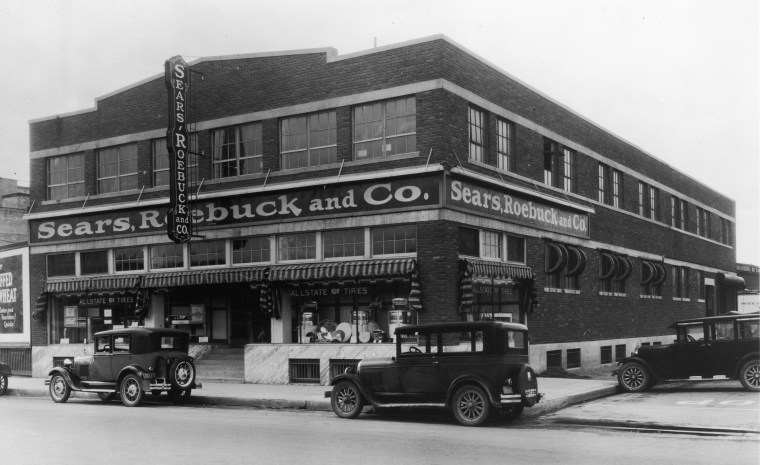Sears, the 125-year-old retail icon, has 24 hours to survive.
The employer of more than 68,000 filed for bankruptcy in October. Its last shot at survival is a $4.6 billion proposal put forward by its chairman, Eddie Lampert, to buy the company out of bankruptcy through his hedge fund, ESL Investments. ESL is the only party offering to buy Sears as a whole, people familiar with the situation told CNBC. Without that bid or another like it, liquidators will break the company up into pieces.
But as Lampert stares down a deadline of Dec. 28 to submit his offer, he has neither submitted his bid, nor rounded up financing, said the people familiar with the situation. Should Lampert submit a bid, Sears’ advisors would have until Jan. 4 to decide whether he is a “qualified bidder.” Only then could ESL take part in an auction against liquidation bids on Jan. 14.
The quickly approaching cutoff puts Sears the closest to death it has ever been. Should Lampert miss the deadline, it would put Sears and Kmart on the path to liquidation. That process would take weeks, according to the guidelines laid out by the bankruptcy court. But the process has also already slowly begun, with the retailer weighing the closure of 50 to 80 more stores.
The people familiar with these developments requested anonymity because the talks are confidential.
Once the nation’s biggest retailer, Sears was also its first “everything store,” stocking items from jewelry to clothing, from hardware to prefabricated homes. But the department store industry has struggled over the past half-decade, as the mall has become less convenient and apparel more casual.
Lampert had a plan to save Sears by combining it with Kmart, which ESL bought out of bankruptcy after the discount store’s 2002 bankruptcy filing. But the cultures of Sears and Kmart employees were different, as were its shoppers — cross-selling Sears’ appliances and Kmart’s apparel proved less successful than originally planned.
In his five-year reign as CEO and even longer term as chairman, Lampert has largely run the company like the hedge-fund manager he once was, say former executives, employees and people familiar with his thinking. That meant investing less in its stores and advertising, believing such investments were optional.
It also meant keeping Sears alive through complex investments from ESL. Lampert poured millions of dollars through ESL into Sears, which struggled for years with losses and debt. Those investments came amid Lampert’s strong belief in his ability to turn Sears around, in part through its loyalty program, “Shop Your Way,” say people familiar with Lampert’s thinking. But Sears finally hit a cliff, when it had a $134 million payment it could not meet.
ESL was in talks to help finance a junior portion of Sears’ bankruptcy loan. Those talks fell apart after he asked lenders to improve the terms of the loan and offer him more protections. The asset-based loan he is seeking has faced scrutinyfrom investment banks, weary of lending to a business that hasn’t turned a profit since 2010.
Some creditors he asked to support his offer have called his efforts to keep Sears alive a “foolhardy gamble with other people’s money,” according to court filings. They have also taken aim at his efforts to fund $1.8 billion of his bid by forgiving Sears debt owed to him, through a so-called credit bid. Lampert could use his own cash to backstop the $1.8 billion, but it remains unclear whether he is willing to do so.
Sears filed for bankruptcy on Oct. 15 with a little under 700 stores.
